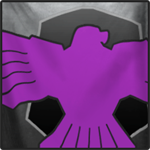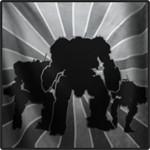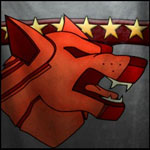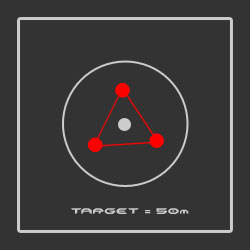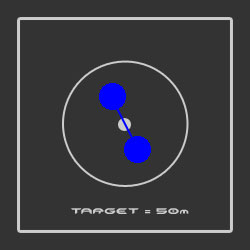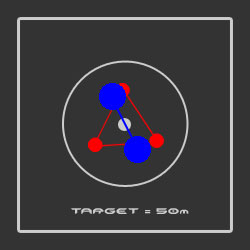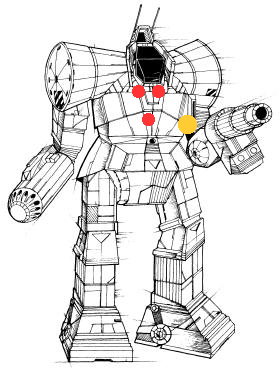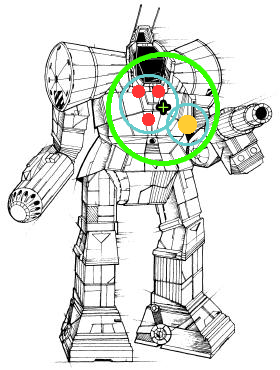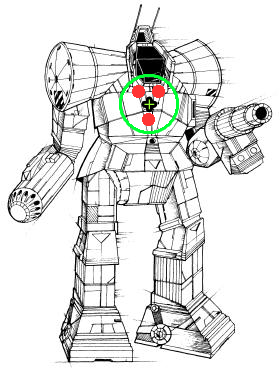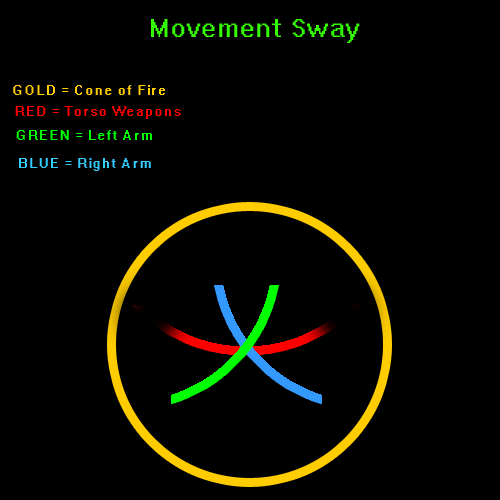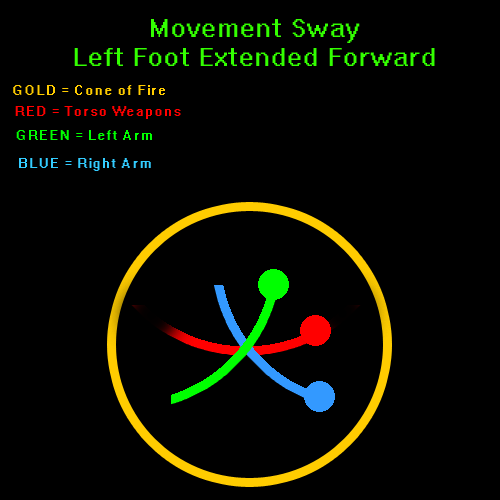 Khobai, on 15 January 2015 - 03:13 PM, said:
Khobai, on 15 January 2015 - 03:13 PM, said:
1) Where does it say in the battletech rulebook that weapons cant pivot?
Umm, the fact that all weapons hit random locations even while fired together?
The only arguement that convergence fits the IP is with a targeting computer, I've seen a number of people say the computer does this or that... But most mechs, especially IS don't have computers for that thats why the a completely seperate peice of equipment called the targeting computer exists.
As for your example that two different weapons can be fired on two different targets, yeah a Btech turn is 10 seconds long. I can fire on 3-4 different mechs if I wanted to during 10 seconds in MWO. But I have to move my arms, torso, or mech to aim at them. That's a terrible example and shows nothing about weapons on a gimble. If you look at the actual designs, it's obvious alot of the weapons don't even have space for a very drastic angle change... Look at the Atlas torso mount, it's not just the barrel it's the whole weapon mechanism that would have to move, so no not a reasonable assumption.
Yes pinpoint damage needs to be changed, it's too seriously impacting TTK, but why the hell can't we have spread based on movement or whatever LIKE EVER OTHER SHOOTER EVER MADE. Other shooters its just, do you hit, in MWO it's extremely more important because the game is based around the fact you can't simple burn through everyones torsos because ever weapon converges perfectly.
This all being said, I don't expect PGI to change it, they've not made any real mechanics/systems changes since I started with the game in the 'open beta'.
 KuroNyra, on 16 January 2015 - 02:01 PM, said:
KuroNyra, on 16 January 2015 - 02:01 PM, said: